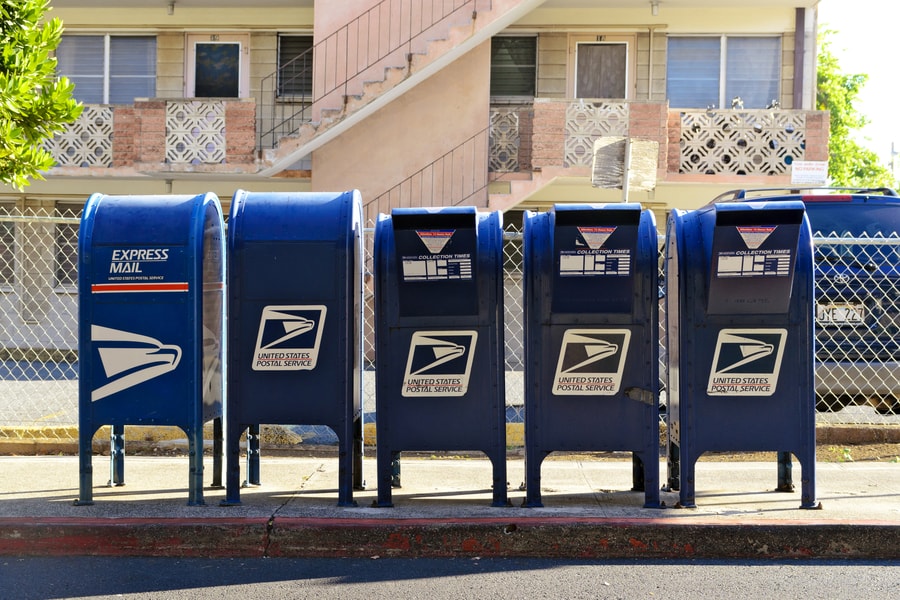What’s the Benefit of Direct Mail?
Some extenuating circumstances may affect response rates, and you may not know the full details of these situations. Even if your direct mail flyer won a design award, you may be sending it to the wrong people. In such situations, you can expect low response rates. So how can you avoid such a scenario? Consider the following tips:
(Looking for outsourcing print and mail services? Contact us today!)

Cost-effectiveness:
Whether or not your direct mail is cost-effective depends on how you measure it. Direct marketers measure the return on investment by measuring the number of emails received and the conversion rate to sales. The recession affected direct mail financial returns in many ways. Non-profit organizations were forced to reduce their mailings due to budget constraints, but they also tracked the results of their campaigns in terms of membership and fundraising. In this article, we will explore how cost-effective direct mail is and what makes it so valuable for businesses.
Reach
For businesses, reach is an important aspect of the marketing mix. It is often used for introducing a new product or brand into an already saturated market. Increasing the frequency of exposure to a message helps to increase brand recognition and promote it above competitors. Reach is often expressed as a percentage and is the number of unique customers that a company or brand reaches within a target area. However, it is important to note that the number of impressions does not always equate to the actual sales volume.
Response rate
One of the most important metrics of direct mail is its response rate, which is the percentage of mailers who received a reply. According to the latest data, the average response rate for general mailings was 4.4 percent, and for house lists, the figure was 12.4%. Among the most popular response tracking methods are a code or coupon, online survey, and call center. In 2012, mailers reported a 3.4 percent return on investment (ROI).
Cost
Depending on which demographics you’re trying to reach, the cost of direct mail can vary dramatically. You might opt to use a mailing list that includes your target demographic. These lists may include details like home values, zip codes, and income. In addition to the mailing list, other costs may also be involved. In general, residential mailing list costs begin at $0.03 per record and can range up to $30 per thousand. You should consider all of these factors when comparing the costs of direct mail.
Environmental impact
The environmental impact of direct mail can be significantly reduced by taking certain measures, such as recycling materials. In some cases, you can even reduce your carbon footprint by using recyclable materials. Besides recycling, you can choose paper that is sourced from environmentally friendly forests. You can even opt for a paper that is certified by the Forest Stewardship Council. In addition, soy-based and vegetable-based inks are becoming popular. Choosing a sustainable paper option will also reduce the direct mail’s environmental impact.

